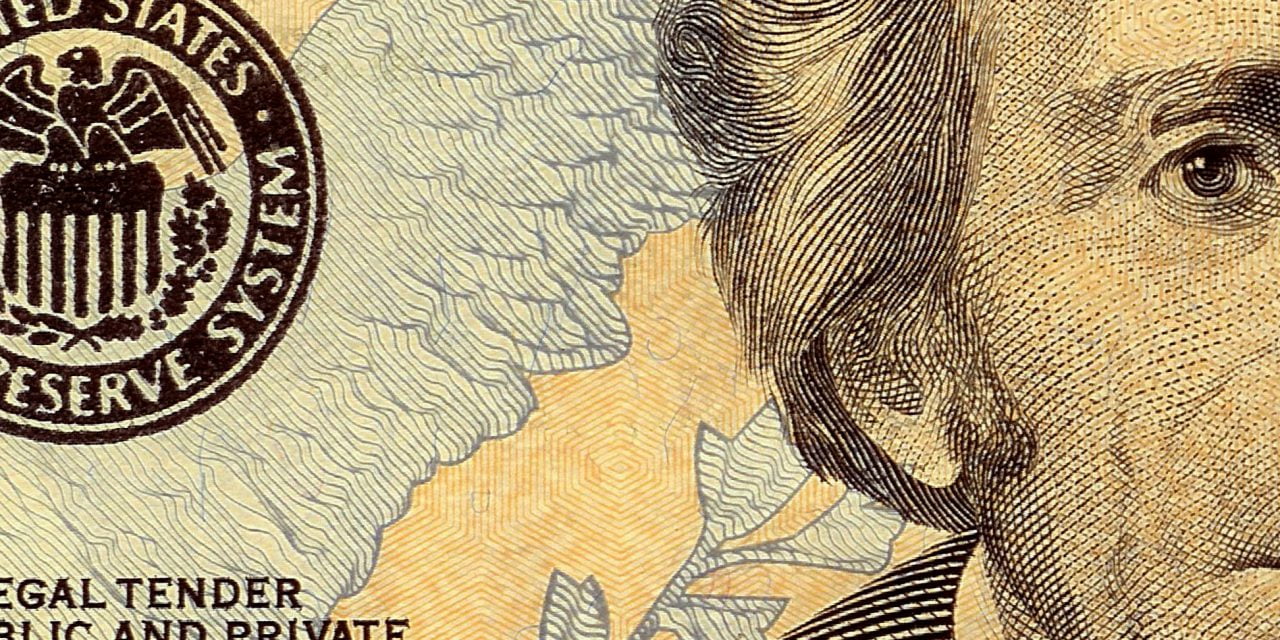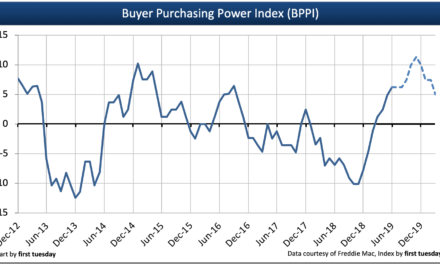Get ready to say goodbye to the scandal-ridden London Inter-Bank Offered Rate (LIBOR).
LIBOR — and now its replacement, the Secured Overnight Financing Rate (SOFR) — is important because it’s a benchmark interest rate used to set the rates for various financial products, including adjustable rate mortgages (ARMs). A common phrase in the financial world is “LIBOR plus x percent.”
SOFR is replacing LIBOR because it is supposed to be more reliable. Unlike LIBOR, SOFR relies on actual transactions.
LIBOR is based on self-reported rates based on what banks would lend each other in certain types of transactions if they were to lend. This situation left the rate open to manipulation, creating an immense conflict of interest, of which the bankers contributing to LIBOR eventually took advantage.
This LIBOR scandal began to come to light when, in 2008, it fell under suspicion of rigging its rates to keep ARM rates artificially low. In the years leading up to and during the 2008 recession, most market participants raised rates significantly to give them some protection from the incredible risks present in the market. But LIBOR stayed low — an intentional deception to keep money pouring into the markets.
For the housing market, the artificially low LIBOR rates kept homebuyers pouring in due to the easy access of rock-bottom ARM rates, and despite the numerous signs pointing to real estate’s dangerously large bubble. LIBOR defrauded investors and homebuyers, alike.
SOFR’s rollout
SOFR was officially rolled out in April 2018 and is published daily by the Federal Reserve Bank of New York. The SOFR rate is based on completed transactions, specifically on overnight funds collateralized by Treasury Securities.
SOFR is meant to be more reliable than LIBOR, and thus less open to fraud, meaning greater protection for consumers and homeowners with ARMs.
However, in the short time since its release, SOFR has already reported issues with including the correct transactions in the reported rate. This less-than-promising start has some bankers worried about the rough transition ahead.
While the Fed works the kinks out of SOFR, banks are expected to complete the turnover from LIBOR to SOFR by 2021. Stay tuned for details as the date approaches.














